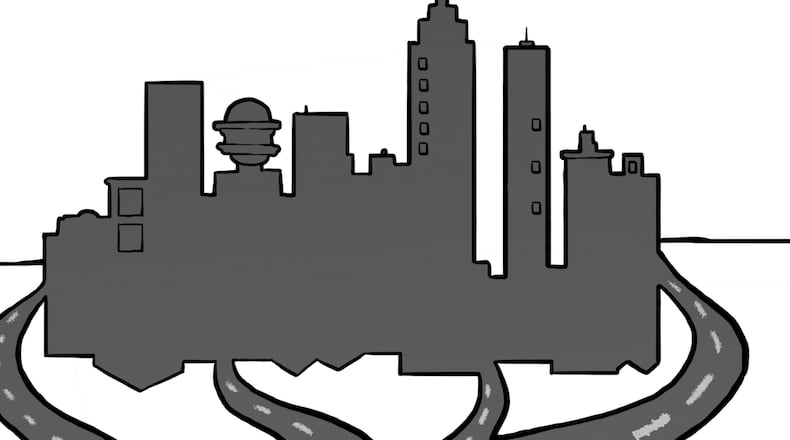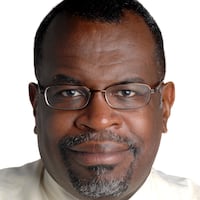A profound answer can result from a simple question. As in, where do Atlantans tell people they’re from when outside of this metro area’s borders?
We’d bet most say, simply, “Atlanta” – and not Johns Creek, Peachtree City, or any other place around here where people both claim residence and promise allegiance.
The distinction is significant as this great region continues to evolve and try to work together with varying degrees of success, or failure on big, shared issues.
Metro Atlanta’s struggled at what many call regionalism. Thinking and action here too often halts at political or geographic borders, even when problems extend far beyond such lines. The resulting inability to act most effectively harms us all.
Metro Atlanta is at its best against the world only when we’ve figured out smart ways to bring the energy and strength of 29 counties and 150 cities to bear against our greatest shared challenges.
That’s how the greatest regions go to market in presenting their civic strengths to people and entities that are making a difference in a competitive economy and world. A think tank called this confluence of interests a “Citistate,” defined this way: “A region consisting of one or more historic central cities surrounded by cities and towns which have a shared identification, function as a single zone for trade, commerce and communication, and are characterized by social, economic and environmental interdependence.”
That definition makes sense, in our view, for a metro area that continues to struggle with challenges of transportation, water and economic development, to name only three.
The necessity of working collaboratively to solve our regional challenges is why The Atlanta Journal-Constitution, through its Atlanta Forward initiative, has continued to explore how this metro stacks up against other cities that are hustling to succeed as places where people, capital and jobs can find productive use.
We’ve seen a hit-or-miss pattern of success in regional cooperation and results. Voters decisively shot down a $7 billion sales tax for transportation projects in 2012. Three years later, the Georgia General Assembly — its back firmly against a wall of underinvestment that threatened to crumble at any moment – came through with a plan to raise about $900 million annually statewide for roads and bridges. Lawmakers also granted some flexibility that’s likely to yield new transportation investment if cities and counties cooperate with each other.
Given the current political environment and voter sentiment, gaining even incremental improvements on regional weaknesses will require a combination of state willingness to ease impediments and a local desire to recognize – and act on – common issues.
Sandy Springs Mayor Rusty Paul says elsewhere on this page that municipalities are already cooperating with each other on mutual issues. The recent move by Clayton County voters to join MARTA and the push by some in North Fulton to extend MARTA’s heavy rail line up Georgia 400 hold considerable promise for easing problems that stretch far beyond both counties’ borders.
As other regions aggressively build for the future, though, we should honestly ask ourselves whether we’re doing enough around here? If not, then how can we get to where we need to be in making investments that will help ensure this metro’s survival and success.
About the Author
Keep Reading
The Latest
Featured



